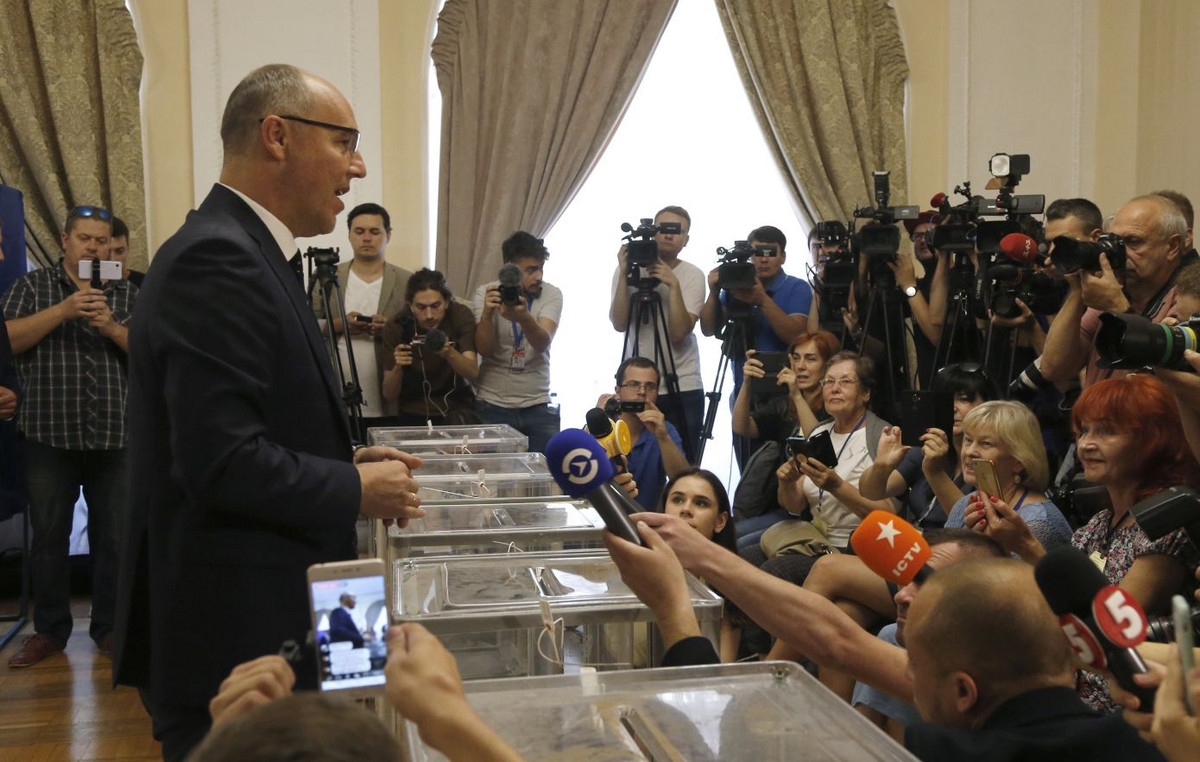- The USD/MXN rebounds 0.66% on the last day of the week, currently quoting about 20.42.
- The dollar index (DXY) goes back 0.27% in the day, reaching a minimum of three days in 103.97.
- The underlying price index of personal consumption expense rose 2.8% in February, above the projections of consensus.
- Mexico’s unemployment rate decreases to 2.5% in February, improving analysts’ expectations.
- The Bank of Mexico (Banxico) cut its interest rate at 50 basic points, placing it at 9.00%, in line with market estimates.
The USD/MXN established a minimum of the day in 20.26, where it found aggressive buyers that promoted parity to a maximum not seen from March 6 in 20.45. At the moment, the USD/MXN is quoted at 20.42, winning 0.66% on the last day of the week.
The dollar gains traction against Mexican peso after economic data from the United States
The United States Economic Analysis Office announced today that the underlying price index of personal consumption spending increased by 2.8% in February, exceeding the previous 2.7%.
On the other hand, the consumer’s feeling index of the University of Michigan contracted 57 points in March, worsening the 57.9 points projected and observed in February.
At the same time, the president of the Federal Reserve of San Francisco, Mary Daly, said today in her speech that two interest rates remain a reasonable projection by 2025, since economic growth and the labor market remain solid.
The Mexican weight extends losses despite the improvement in its unemployment rate
The Bank of Mexico (Banxico) on Thursday reduced its interest rates in 50 basic points by placing them at 9.00%, complying with market expectations, reaching its lowest level not seen since August 2022, projecting an economic weakness during the first quarter of 2025, in the middle of a context in which uncertainty and commercial tensions prevail.
Based on information presented by the National Institute of Geography and Statistics (INEGI), the Mexico unemployment rate was reduced in two tenths in February, located at 2.5% in February, below the 2.7 observed the previous month. This figure improves the 2.6% estimated by analysts.
In this context, The Mexican peso loses traction against the US dollar, reaching minimum of three weekswhile the USD/MXN rebuops 0.66% on Friday reaching maximums not seen since March 6 in 20.45, thus signing its third consecutive day upwards.
USD/MXN Price levels
The USD/MXN reacted upwards from a short -term support given by the minimum of March 25 in 19.95. The next key support is observed in 19.84, minimum of March 14. To the north, the closest resistance is located in 21.00, pivot point of March 4.
US dollar FAQS
The US dollar (USD) is the official currency of the United States of America, and the “de facto” currency of a significant number of other countries where it is in circulation along with local tickets. According to data from 2022, it is the most negotiated currency in the world, with more than 88% of all global currency change operations, which is equivalent to an average of 6.6 billion dollars in daily transactions. After World War II, the USD took over the pound sterling as a world reserve currency.
The most important individual factor that influences the value of the US dollar is monetary policy, which is determined by the Federal Reserve (FED). The Fed has two mandates: to achieve price stability (control inflation) and promote full employment. Its main tool to achieve these two objectives is to adjust interest rates. When prices rise too quickly and inflation exceeds the 2% objective set by the Fed, it rises the types, which favors the price of the dollar. When inflation falls below 2% or the unemployment rate is too high, the Fed can lower interest rates, which weighs on the dollar.
In extreme situations, the Federal Reserve can also print more dollars and promulgate quantitative flexibility (QE). The QE is the process by which the Fed substantially increases the flow of credit in a stuck financial system. It is an unconventional policy measure that is used when the credit has been exhausted because banks do not lend each other (for fear of the default of the counterparts). It is the last resort when it is unlikely that a simple decrease in interest rates will achieve the necessary result. It was the weapon chosen by the Fed to combat the contraction of the credit that occurred during the great financial crisis of 2008. It is that the Fed prints more dollars and uses them to buy bonds of the US government, mainly of financial institutions. Which usually leads to a weakening of the US dollar.
The quantitative hardening (QT) is the reverse process for which the Federal Reserve stops buying bonds from financial institutions and does not reinvote the capital of the wallet values that overcome in new purchases. It is usually positive for the US dollar.
Source: Fx Street
I am Joshua Winder, a senior-level journalist and editor at World Stock Market. I specialize in covering news related to the stock market and economic trends. With more than 8 years of experience in this field, I have become an expert in financial reporting.







